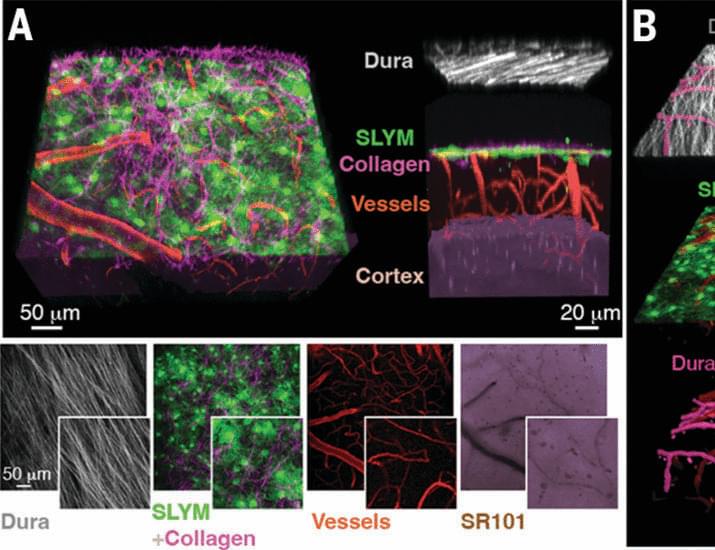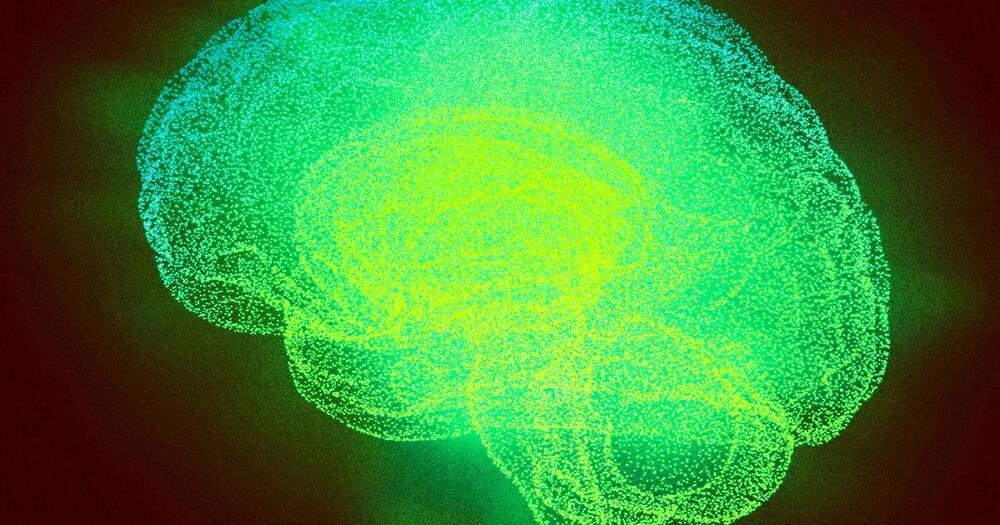Meta tells managers that they need to do coding, research, design and other tasks that contribute the work itself. Not just tell others what to do.
Meta Platforms Inc. is asking many of its managers and directors to transition to individual contributor jobs or leave the company as it tries to become more efficient, according to people familiar with the matter. Bloomberg’s Sarah Frier reports on “Bloomberg Technology.“
——-
Like this video? Subscribe to Bloomberg Technology on YouTube:
https://www.youtube.com/channel/UCrM7B7SL_g1edFOnmj-SDKg.
Watch the latest full episodes of “Bloomberg Technology” with Emily Chang here:
https://www.youtube.com/playlist?list=PLfAX25ZLrPGRzfILkSd-YiWfsoloCETAe.
Get the latest in tech from Silicon Valley and around the world here:
https://www.bloomberg.com/technology.
Connect with us on…
Twitter: https://twitter.com/technology.
Facebook: https://www.facebook.com/BloombergTechnology.
Instagram: https://www.instagram.com/bloombergbusiness/



